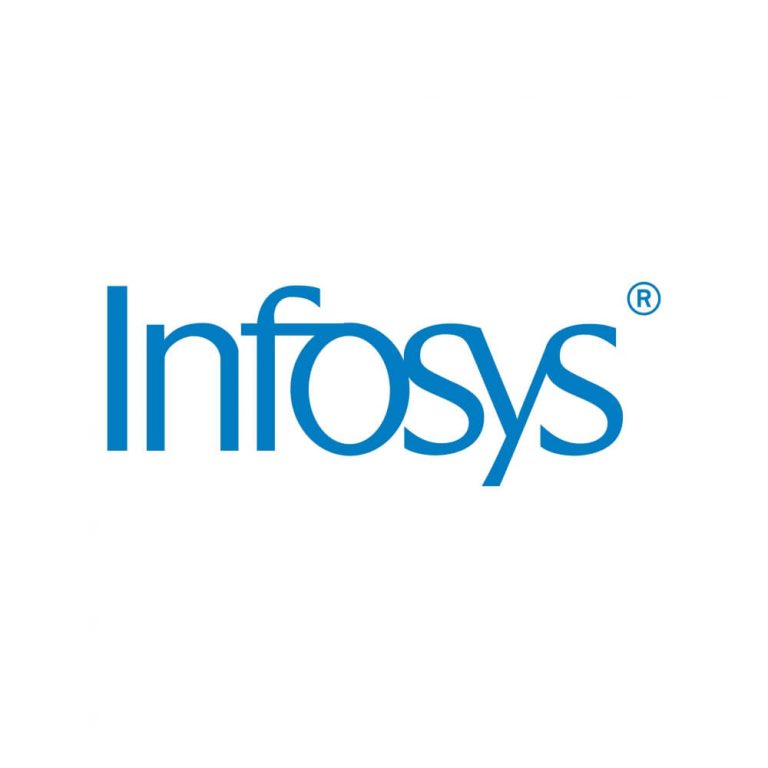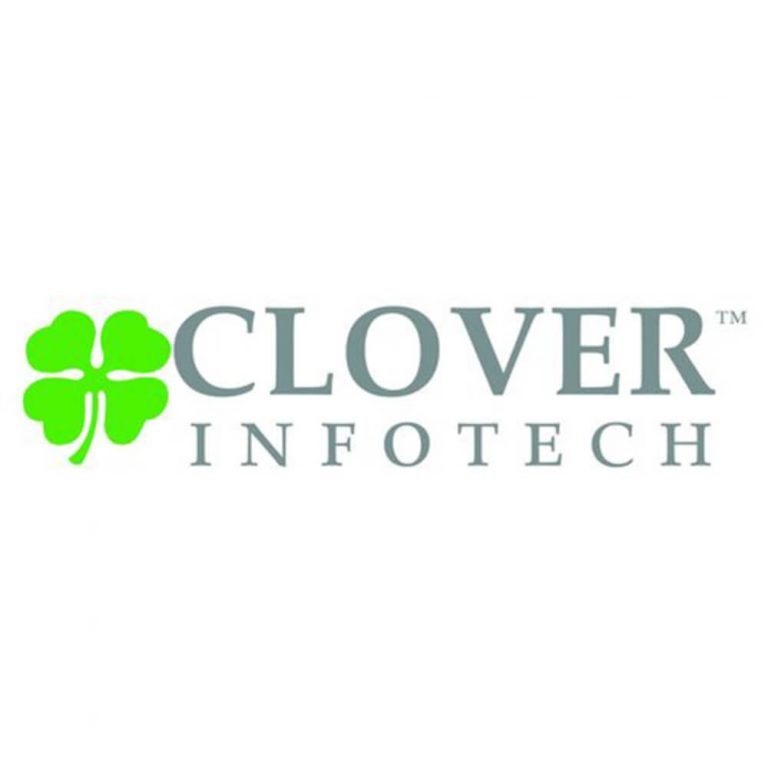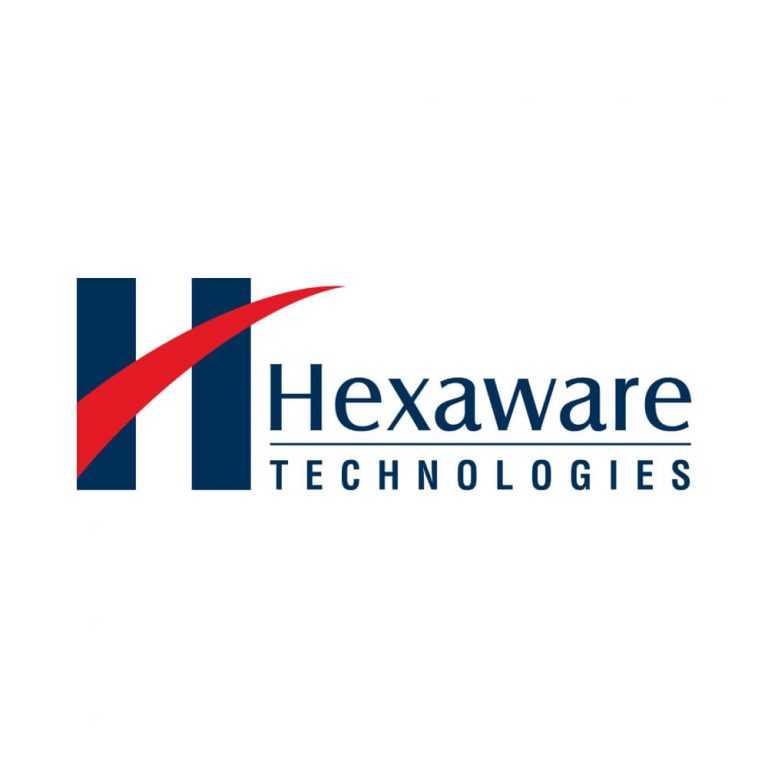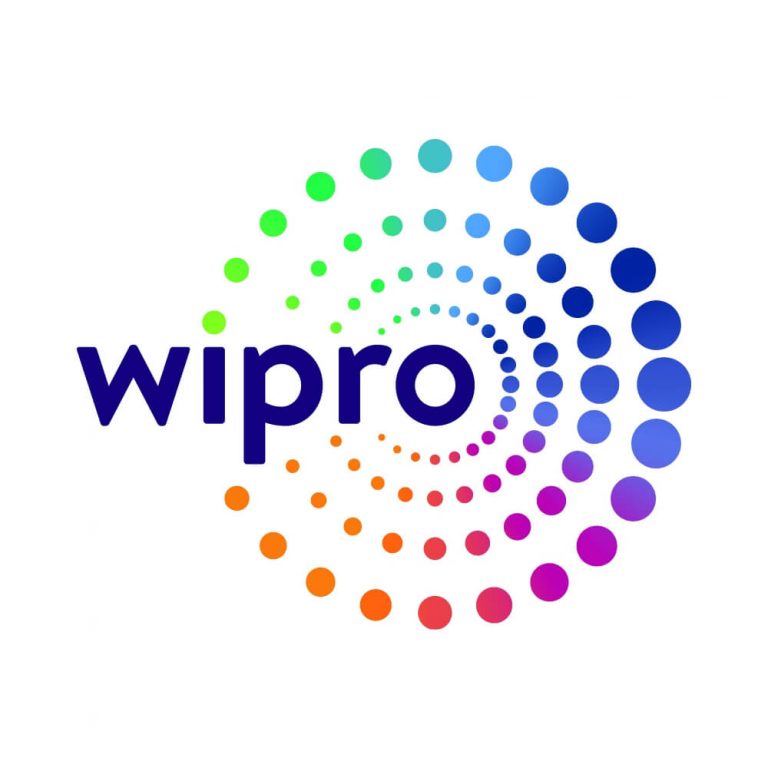
Course Information
The IT infrastructure consists of all elements that support the management and usability of data and information. These include the physical hardware and facilities (including data centers), data storage and retrieval, network systems, legacy interfaces, and software to support the business goals of an enterprise.
The purpose of IT infrastructure management is to provide structure and control of the functions responsible for diverse technical operations which involve hardware, software, and networking in both physical and virtual environments.
The main goal of IT infrastructure management services is to minimize downtime and maintain business productivity.
The services that the IT infrastructure management team delivers are typically behind the scenes. They maintain the technology that supports the daily operations, such as Internet, email, and data accessibility. The team relies heavily on real or near real-time management and monitoring solutions in order to maintain productivity.
Following professionals can go for it:
- Fresher’s
- IT Experts
Eligibility: Any graduate or 10+2
Lecture Duration: 8 months
Placement: 100% Placement Assistance
Job Profile: Desktop support engineer, Service engineer, IT support Engineer, Network engineer, System administrator.
A+
- Motherboard
- Processors
- Memory
- Storage Devices
- Power Supply
- Monitor & Display Adapter
- OS Installation
- BIOS & CMOS Settings
- Printers
- Scanner
- Overview of windows & Features
- Upgrading Windows
- Managing Windows
- Windows Administration
Preventive Maintenance in Windows
- Computer Viruses and Threats
- Basic Troubleshooting Concept
- Troubleshooting PC Hardware
- Troubleshooting Windows
- Software Installation
- Formatting
N+
- Identify types of network cables & connectors
- IP class: Class A, Class B, Class C
- IPv4 vs. IPv6
- Public vs. Private
- Static vs. dynamic
- Client side DNS, DHCP
- Subnet mask
- Gateway
- TCP and UDP ports
- Protocols and their purpose.
- Encryption types
- MAC filtering
- Wireless encryption
- Firewall
- NAT
- WPS
- DMZ
- DHCP
- Internet connection types and features
- Types of networks
- Topologies
- Network devices, their functions and features
CCNA
Fundamentals of Networking
- Basic Networking Concepts
- Enterprise Network
- Components of a Network
- Characteristics of a Network
- Types of Network
Network Topology
- OSI Reference Model and TCP/IP Protocol Suite
The OSI Model
- Data Encapsulation and De-encapsulation
- TCP/IP Protocol Suite
- OSI vs TCP/IP
- Functions of Transport Layer Protocols of TCP/IP
- User Datagram Protocol (UDP)
- Transfer Control Protocol (TCP)
- Different functions of TCP
- Functions of Internet Layer Protocol
- Routed and Routing Protocol
- Characteristics of Internet Protocol (IP)
- IP Header
- IP addressing
- Function of DNS and DHCP
- IP address assignment to a system and verification
- Media Access Control (MAC) and Logical Link Control (LLC)
MAC Address
- Ethernet at Physical Layer
- Unshielded Twisted Pair (UTP)
Packet delivery process
- Function of ARP
- Defining Unicast, Multicast and Broadcast
- Exploring Packet Delivery Process
Layer 1 device functions and issues
- Introducing Bridge to solve collision issue
- Advantage of Segmenting a LAN with Switches
- Different Switching Modes
- Switching Operation
- Operating Cisco IOS
Internetwork Operating System (IOS)
- Accessing the Command Line Interface (CLI)
- User and Privileged Executive Modes
- IOS Command line History
- Starting up a Switch and CLI
- Powering up a Switch
- Ethernet Switch Configuration
- Different Switch Configuration Sub-Modes
- Viewing the configuration
- Encrypting the Passwords
- Saving the configuration
- Interface Configuration of a Switch
Configuring the Switch for Remote Access
- Configuring a Switch for Telnet
- Configuring a Switch for SSH
Port Security
- Port Security Configuration
- Different Violation Mode
- Verification
Troubleshooting Switching issues
- Switched Media Issues
- Late Collisions
- Speed and Duplex Related Issues
- Port-Security Troubleshooting example
- IP Subnetting
- Subnetting
- Subnet Masks
- Subnetting Calculation
- Routers
Initial Startup of the Cisco Router
Cisco 2600 Router
- Starting a Router
- Initial Setup
- Logging in the Router CLI
- Overview of Router Commands
- Router Configuration and Verification
- Hostname Configuration
- Banner
- Viewing, Saving and Erasing a Configuration
- Interface Configuration and Verification
- Configuration of an Interface
Securing the Router CLI
- Password protection
- Encrypting the password
Remote Access to the router using Telnet and SSH
- Telnet Configuration
- SSH Configuration
- Different control commands for Remote Login
Using the Cisco SDM
- Router Configuration to run SDM
- SDM Startup
- SDM Window Navigation
- Understanding DHCP
- Managing Router Startup and Configuration
- Router Boot Sequence
- Password Recovery
Device Configuration, IOS backup and Restoration
- IOS File systems
- Commands used for configuration file movement and management
- IOS Image backup and restoration
- Managing configuration files
- CDP and Resolving Hostnames
- Information Obtained with Cisco Discovery Protocol
- Resolving Hostnames
- Building a Host table in a Router
- IP Routing
- Router Forwarding Decision
- Example of Packet Forwarding
- Administrative Distance (AD)
- Static Routing
- Default Routing
Classful and Classless Routing
Dynamic Routing Protocol
- Routing Protocol Functions
- Interior and Exterior Routing Protocol
- Different Routing Protocols
- Distance Vector Routing Protocol
- Problem of Routing loops in Distance Vector Protocols and Prevention
- Advanced Wide Area Networks
- Wide Area Networks
- Need for WAN
Difference between WAN and LAN
- WAN function’s relation to OSI model
- WAN diagram on customer view point
- Link speeds offered by Service Provider
- Layer 2 protocols for WAN
- Different WAN Technologies
Advanced Dynamic Routing Protocols
- VLSM and Route Summarization
- What is VLSM?
- Designing a VLSM scheme (Class-C)
- VLSM Design Example
- Route Summarization
- Auto-Summarization
- Manual Route Summarization
Link State Routing Protocol
- Link State Data Base (LSDB) and Link State advertisements (LSA)
- SPF algorithm to find the best path
OSPF
EIGRP
- EIGRP Characteristics
- EIGRP Tables
- EIGRP neighbor discovery and convergence
- Building EIGRP Routing Table
- Comparison with OSPF
- EIGRP configuration
- EIGRP load balancing
- EIGRP Authentication
- Module 2 Advanced Switching Technology
- Lesson 2.1 VLAN and Trunks
- VLAN Overview
- Main Features of a VLAN
- Voice VLAN
- VLAN Membership
- Static VLAN configuration
- VLAN configuration verification
Ports used in a Switch for VLAN
- Trunking with ISL and IEEE 802.1Q
- Trunk Port Configuration
- VLAN Trunking Protocol (VTP)
- Three Requirements for VTP to work between Switches
- VTP Configuration and Verification
- Trouble shooting VTP issues
- Preventing Bridging Loops
- Cisco Three Layer Architecture
- Issues with redundant topology
- Spanning Tree Protocol (STP)
- Spanning Tree Message types
- Root Bridge Election
- STP Port Election
- STP Port States
- Spanning Tree operation on Topology Changes
- Per VLAN Spanning tree Protocol+
- Rapid Spanning Tree Protocol (RSTP)
- STP Configuration and Monitoring
- Manual Configuration of Primary and Secondary Root Bridges
- Inter VLAN Routing
- Router-on-a-stick
- Subinterface Configuration
- Interface Encapsulation
- Configuration Commands
Network Address Translation (NAT)
- Network Address Translation (NAT)
- Overloading NAT with Port Address Translation (PAT)
- Translating Overlapping Addresses
- Static NAT configuration
- Dynamic NAT configuration
- NAT overloading or PAT configuration
- Reasons for using IPV6, IPV6, Features
- IPV 6, Header Format, IP adderss Representation
- IPV6 address types, Assigning IPV6, IPV6 routing, IPV6 tunneling
Advanced Wide Area Network
- PPP overview, PPP functios, configuration, verifying PPP,
- Frame Relay
- Benefits over leased line
- Types of CV., Frame relay terms, LMI, DLCI frame relay address mapping, Inverse ARP & LMI opration, Frame relay configuration,
- Subinterfaces, Troublshooting frame relay Network
MCSA
410 : Installing & Configuring Windows Server 2012
- Deploying and Managing Windows Server 2012
- Introduction to Active Directory Domain Services
- Managing Active Directory Domain ServicesObjects
- Automating Active Directory Domain
- Services Administration
- Implementing Ipv4
- Implementing DHCP
- Implementing DNS
- Implementing Ipv6
- Implementing Local Storage
- Implementing File and Print Services
- Implementing Group Policy
- Securing Windows Servers Using Group
- Policy Objects
- Implementing Server Virtualization with Hyper-V
412 : Configuring Advanced Windows Server 2012 Services
- Implementing Advanced Network Services
- Implementing Advanced File Services
- Implementing Dynamic Access Control
- Implementing Network Load Balancing
- Implementing Failover Clustering
- Implementing Failover Clustering with Hyper-V
- Implementing Disaster Recovery
- Implementing Distributed Active Directory
- Domain Services Deployments
- Implementing Active Directory Domain
- Services Sites and Replication
- Implementing Active Directory Certificate Services
- Implementing Active Directory Rights Management Services
- Implementing Active Directory Federation Services
RHCE
RH124 – Red Hat System Administration I
- Get Started with the GNOME Graphical Desktop
- Manage Files Graphically with Nautilus
- Get Help in a Graphical Environment
- Configure Local Services
- Manage Physical Storage I
- Manage Logical Volumes
- Monitor System Resources
- Manage System Software
- Get Started with Bash
- Basic job control techniques
- Get Help in a Textual Environment
- Establish Network Connectivity
- Administer Users and Groups
- Manage Files from the Command Line
- Secure Linux File Access
- Administer Remote Systems
- Configure General Services
- Manage Physical Storage II
- Install Linux Graphically
- Manage Virtual Machines
- Control the Boot Process
- Deploy File Sharing Services
- Secure Network Services
- Comprehensive Review
RH 134 – Red Hat System Administration II
- Automated Installations of Red Hat Enterprise Linux
- Accessing the Command Line
- Intermediate Command Line Tools
- Regular Expressions, Pipelines, and I/O Redirection
- Network Configuration and Troubleshooting
- Managing Simple Partitions and Filesystems
- Managing Flexible Storage with the Logical Volume Manager (LVM)
- Access Network File Sharing Services; NFS and CIFS
- Managing User Accounts
- Network User Accounts with LDAP
- Controlling Access to Files
- Managing SELinux
- Installing and Managing Software
- Managing Installed Services
- Analyzing and Storing Logs
- Managing Processes
- Tuning and Maintaining the Kernel
- System Recovery Techniques
RH255 – Red Hat System Administration III
- Getting Started with the Classroom Environment
- Enhance User Security
- Bash Scripting and Tools
- File Security with GnuPG
- Software Management
- Network Monitoring
- Route Network Traffic
- Secure Network Traffic
- NTP Server Configuration
- System Monitoring and Logs
- Centralized and Secure Storage
- SSL encapsulated Web Services
- Web Server Additional Configuration
- Basic SMTP Configuration
- Caching Only DNS Server
- File Sharing with NFS
- File Sharing with CIFS
- File Sharing with FTP
- Troubleshooting Boot Process
Certified Ethical Hacking (CEH)
Topic
- Introduction to Ethical Hacking
- Hacking Methodology
- Process of Malicious Hacking
- Footprinting and Scanning
- Enumeration
- System Hacking and Trojans
- Denial of Service and Sniffers
- Denial of Service
- Sniffers
- Session Hijacking and Hacking Web Servers
- Session Hijacking
- Hacking Web Servers
- Web Application Vulnerabilities and Web Techniques Based Password Cracking
- Web Application Vulnerabilities
- Web Based Password Cracking Techniques
- Injection and Hacking Wireless Networks
- SQL Injection
- Hacking Wireless Networking
- Viruses, Worms and Physical Security
- Viruses and Worms
- Physical Security
- Linux Hacking
- Linux Hacking
- Evading IDS and Firewall
- Evading IDS and Firewalls
- Buffer Overflows and Cryptography
- Penetrating Testing
- Exploit Writing and Reverse Engineering
- Reverse Engineering
System maintenance
- Events in the maintenance phase like bug fixes
CCNA SECURITY SYLLABUS
Describe the security threats facing modern network infrastructures
- Describe and list mitigation methods for common network attacks
- Describe and list mitigation methods for Worm, Virus, and Trojan Horse attacks
- Describe the Cisco Self Defending Network architecture
Secure Cisco routers
- Secure Cisco routers using the SDM Security Audit feature
- Use the One-Step Lockdown feature in SDM to secure a Cisco router
- Secure administrative access to Cisco routers by setting strong encrypted passwords, exec timeout, login failure rate and using IOS login enhancements
- Secure administrative access to Cisco routers by configuring multiple privilege levels
- Secure administrative access to Cisco routers by configuring role based CLI
- Secure the Cisco IOS image and configuration file
- Implement AAA on Cisco routers using local router database and external ACS
- Explain the functions and importance of AAA
- Describe the features of TACACS+ and RADIUS AAA protocols
- Configure AAA authentication
- Configure AAA authorization
- Configure AAA accounting
Mitigate threats to Cisco routers and networks using ACLs
- Explain the functionality of standard, extended, and named IP ACLs used by routers to filter packets
- Configure and verify IP ACLs to mitigate given threats (filter IP traffic destined for Telnet, SNMP, and DDoS attacks) in a network using CLI
- Configure IP ACLs to prevent IP address spoofing using CLI
- Discuss the caveats to be considered when building ACLs
- Implement secure network management and reporting
- Use CLI and SDM to configure SSH on Cisco routers to enable secured management access
- Use CLI and SDM to configure Cisco routers to send Syslog messages to a Syslog server
Mitigate common Layer 2 attacks
- Describe how to prevent layer 2 attacks by configuring basic Catalyst switch security features Implement the Cisco IOS firewall feature set using SDM
- Describe the operational strengths and weaknesses of the different firewall technologies
Explain stateful firewall operations and the function of the state table
- Implement Zone Based Firewall using SDM
- Implement the Cisco IOS IPS feature set using SDM
- Define network based vs. host based intrusion detection and prevention
- Explain IPS technologies, attack responses, and monitoring options
- Enable and verify Cisco IOS IPS operations using SDM
- Implement site-to-site VPNs on Cisco Routers
- Explain the different methods used in cryptography
Explain IKE protocol functionality and phases
- Describe the building blocks of IPSec and the security functions it provides configure and verify an IPSec site-to-site VPN with pre-shared key authentication using SDM
ITIL
Configuration Management
- Objective
- Configuration Items (CI)
- Configuration Management Activities
- Configuration Management Planning
- Configuration Identification
- CMDB Development
- CMDB Level of breakdown
- CMDB Level of Detail (Attributes)
- Configuration Status Accounting
- Configuration Control
- Configuration Verification And Audit
- Configuration Management Benefits
- Configuration Management v/s Asset Management
Incident Management
- Scope of Incidents
- Service Requests
- Example of a priority coding system
- Scheduling
- Escalation
- Functional Escalation Matrix
- Incident Management Activities
- Incident Management Process
Problem Management
- Scope Of Problem Management
- Known Error
- Problem Management Activities
- Problem Control
- Error Control
- Proactive Problem Management
- Tracking And Escalation
- Problem Reviews
- Functions And Roles
Service Desk
- Structure
- Service Desk Personnel
- How Are Incidents Reported?
- Activities
- Management Reports
Change Management
- Change Authorities
- Standard Change
- Inputs & output for Change Management
- Activities
- Recording
- Change Classification
- Change Management Implementation
- Planning And Approval
- Evaluation
- Change Management Reporting
- Change Management Analysis and Actions
- Key Performance Indicators (KPI)
Release Management
- Release Management
- Release Levels
- Release Types
- Definitive Software Library (DSL)
- Benefits
- ITIL Model
Service Level Management
- Definition
- Identify
- Service Level Requirements (SLR)
- Service Catalogue
- Monitor
- Service Level Achievement
- Service Level Report
Capacity Management
- Definition
- Addresses
- The three sub-processes
Continuity Management
- Definition
- Disaster
- Activities
- Business Impact Analysis (BIA)
- Risk Assessment
- Prevention measures and recovery options
- Review and Audit
Availability Management
- Designing for Availability
- Maintenance Management
- Measuring and Reporting
- Measurement
- Component Failure Impact Analysis Matrix (CFIA)
Security Management & Financial Management
- Cost Types
- Budgeting
- Accounting
- Charging Policy
Enroll Now for Online IT Infrastructure certification course and training in Kharghar, Navi Mumbai.









